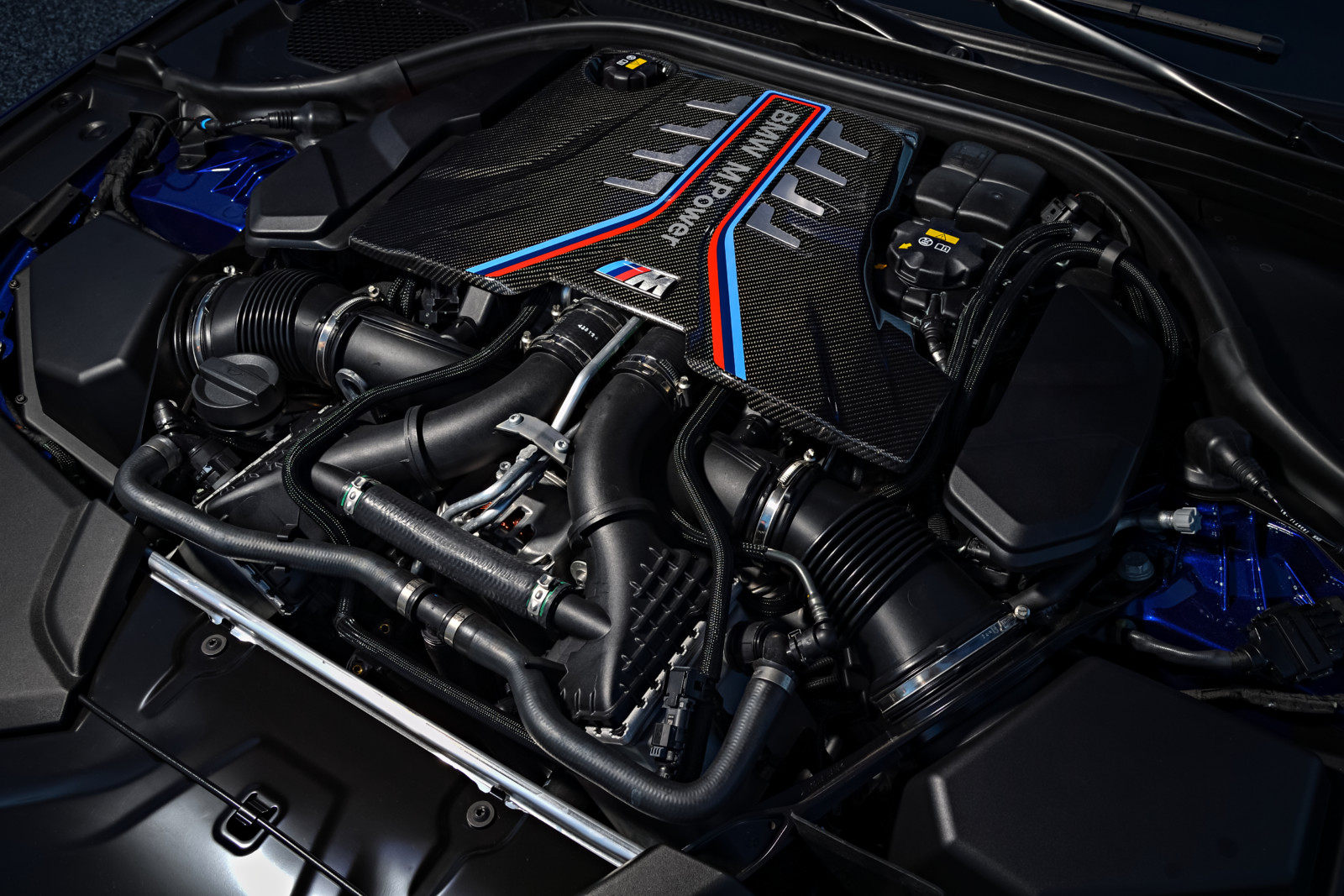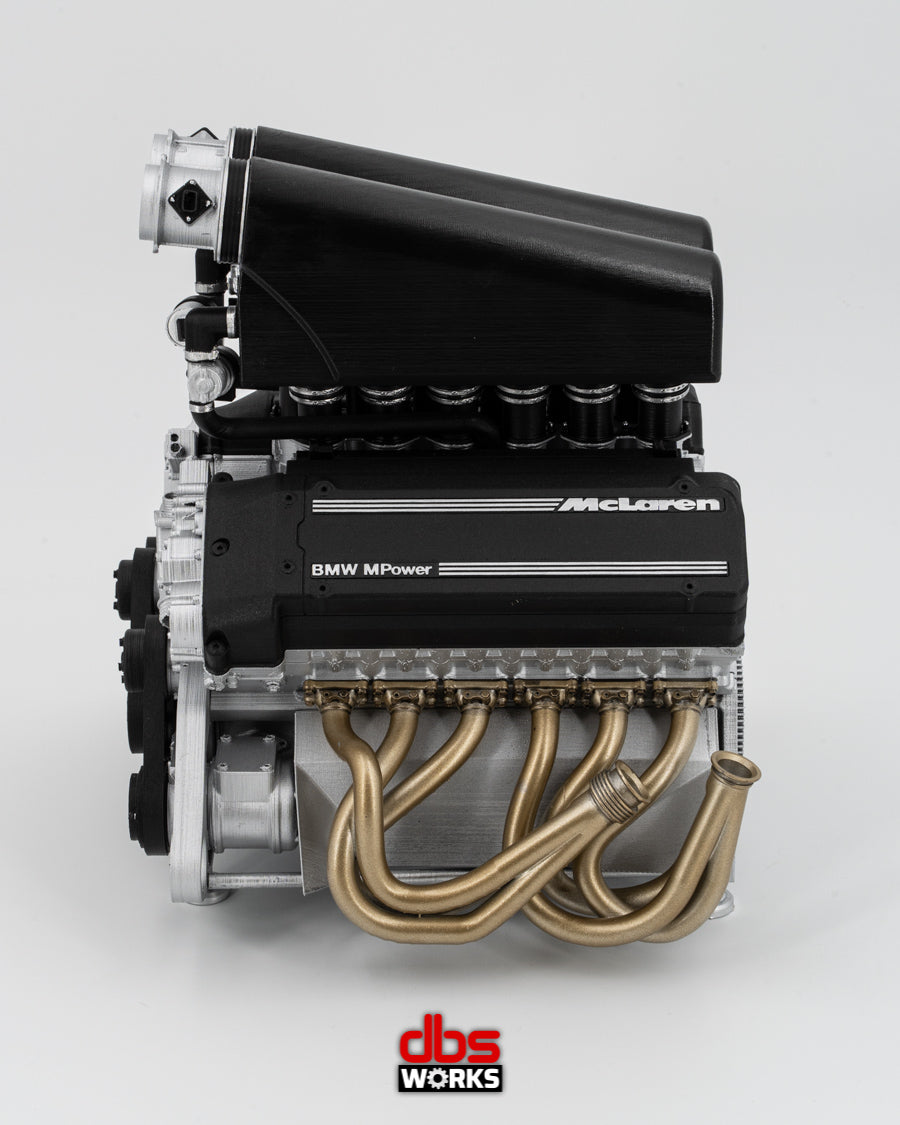Revealing the Tricks Behind the Power of the BMW Engine
Exploring the Evolution of Combustion Engines in Modern Transportation Solutions
As we navigate the landscape of contemporary transport, the development of combustion engines stands as a testament to human ingenuity and design prowess. From their modest starts to the innovative powerhouses thrusting cars today, burning engines have gone through a remarkable trip of technology and adjustment. Recognizing the details of this advancement not just drops light on the past however also leads the way for envisioning what exists in advance in the realm of transportation technology. The interaction of background, modern technology, and environmental issues in shaping the trajectory of burning engines produces a narrative that is both insightful and compelling.
Early Beginnings of Combustion Engines
Just how did the idea of burning engines very first arise in the very early stages of transport development? When the principles of inner combustion were first checked out, the roots of burning engines can be mapped back to the 17th century. In 1673, Christian Huygens conceived a standard interior combustion engine that utilized gunpowder to generate power. Nevertheless, it had not been up until the late 19th century that practical applications of combustion engines in transportation started to arise.
The development minute included the development of the first successful gasoline-powered engine by Karl Benz in 1885 - bmw engine. This engine led the way for the advancement of the modern car, changing transportation systems worldwide. Subsequent innovations by Nikolaus Otto and Gottlieb Daimler even more fine-tuned burning engine modern technology, resulting in the automation of autos and the fast development of the transport industry
These early combustion engines were characterized by their simplicity and efficiency, laying the foundation for the facility and effective engines made use of in modern-day transport systems. The advancement of burning engines has actually been critical in forming the method we travel and carry items, noting a substantial landmark in the background of transportation development.
Transition to Internal Burning Innovation
The shift to internal combustion innovation marked a crucial change in the development of transportation systems. This change started in the late 19th century, with creators like Nikolaus Otto and Gottlieb Daimler developing the initial effective interior combustion engines. These engines reinvented transport by offering an extra effective and effective alternative to vapor engines and electric motors.
Among the crucial benefits of internal burning engines was their capability to be reduced to suit cars, leading to the growth of motorbikes and cars. This change from cumbersome, stationary engines to portable, mobile ones led the way for the contemporary transportation systems we see today.
The shift to internal burning technology additionally spurred improvements in gas innovation, resulting in the growth of gas and diesel as key fuel resources for vehicles. This change not only made transport much more accessible to the masses however additionally laid the foundation for the oil and gas market to come to be indispensable to international economies.
Influence of Combustion Engines on Transport
The fostering of combustion engines in transportation systems militarized an extensive shift in the effectiveness and rate of global mobility. Combustion engines changed transportation by offering a flexible and trusted source of power for different automobiles, consisting of cars, airplanes, trucks, and ships. This advancement considerably enhanced the capability for products and people to conform fars away in much shorter amount of time, bring about raised connectivity between areas and countries.
Furthermore, the widespread use of burning engines has actually had a considerable effect on financial growth. The capacity to transfer goods efficiently has stimulated profession and business, enabling services to broaden their markets and reach customers worldwide. This has facilitated economic development and globalization, as items can now be transported faster and in larger quantities than ever in the past.
Nevertheless, the environmental influence of combustion engines can not be ignored. The burning of more helpful hints fossil gas has led to air pollution and greenhouse gas exhausts, adding to climate change and posturing wellness dangers to populations. bmw engine. Therefore, there is an expanding emphasis on establishing different propulsion modern technologies to reduce these unfavorable effects and develop an extra lasting future for transport
Innovations in Burning Engine Design
One notable innovation is the growth of turbocharged engines, which use exhaust gases to drive a turbine that compresses inbound air, permitting for even more gas to be scorched, resulting in enhanced power output without a significant rise in engine dimension. Variable shutoff timing systems have also transformed engine design by maximizing air movement at various engine speeds, improving both power and effectiveness. These developments collectively add to the constant enhancement of combustion engines in modern-day transport systems.
Future Patterns in Combustion Engine Growth
With modern technology improvements driving constant development, the future of combustion engine growth is poised to revolutionize transport systems internationally. One of the key fads in combustion engine development is the press towards better effectiveness and decreased emissions. Suppliers are investing greatly in r & d to boost engine performance while fulfilling rigid ecological policies. This consists of the combination of advanced fuel shot systems, enhanced turbocharging approaches, and using light-weight materials to maximize fuel consumption and minimize carbon emissions.
One more prominent pattern is the adoption of crossbreed technologies in combustion engines. site here Hybrid engines incorporate traditional combustion modern technology with electrical power, offering enhanced gas efficiency and lower discharges. As the automotive industry shifts in the direction of electrification, crossbreed burning engines are viewed as a transitional solution that connects the space in between standard vehicles and completely electrical ones.
Moreover, the integration of wise modern technologies, such as artificial intelligence and Visit Website data analytics, is expected to play a considerable function in the future of burning engine growth. These modern technologies can maximize engine efficiency in real-time, bring about more efficient combustion processes and enhanced overall vehicle performance. Embracing these future trends will not just drive technology in burning engine growth yet additionally add to an extra lasting and ecologically friendly transportation ecosystem.

Conclusion
Finally, the development of combustion engines in contemporary transportation systems has actually been noted by substantial innovations in modern technology and design. From the early beginnings of burning engines to the change to inner burning modern technology, these engines have actually had an extensive effect on transport. Advancements in combustion engine style remain to drive development in this area, with future patterns focusing on further improving efficiency and reducing exhausts. The future of burning engines in transport looks appealing as r & d initiatives continue to press boundaries.
The roots of burning engines can be mapped back to the 17th century when the principles of interior burning were first checked out. These engines changed transportation by using an extra effective and reliable choice to heavy steam engines and electrical motors.
